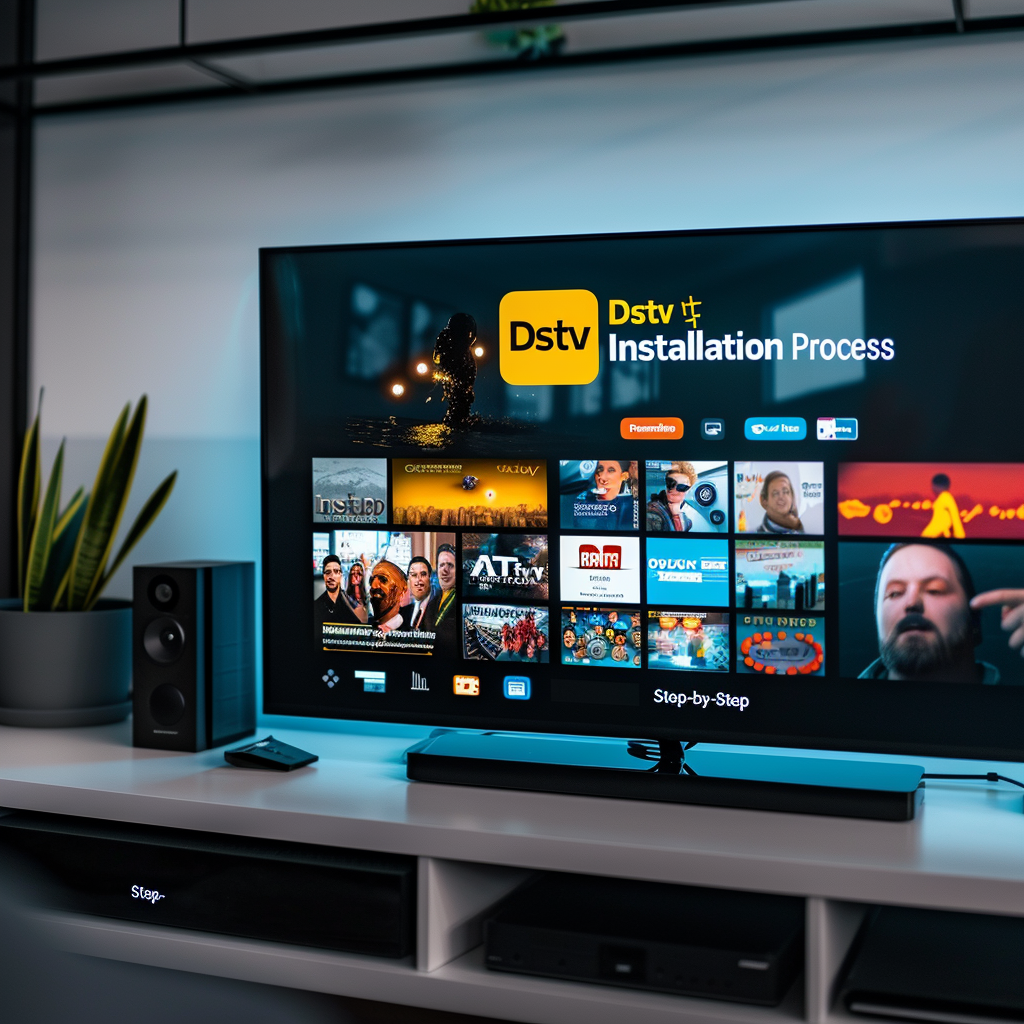Ensuring a strong and stable signal is crucial for optimal DSTV performance. Testing the signal strength allows you to fine-tune the satellite dish alignment and troubleshoot any reception issues. In this guide, we will walk you through the steps to test and optimize your DSTV signal strength.
For more detailed guides and professional DSTV installation services, visit DSTV Cape.
Steps to Test Signal Strength
1. Access the Signal Strength Menu
To test the signal strength, you need to access the signal strength menu on your DSTV decoder:
- Turn On the Decoder: Ensure the decoder is powered on and connected to the TV.
- Press the Menu Button: On your DSTV remote, press the menu button.
- Navigate to Settings: Use the arrow keys to navigate to the settings menu.
- Select Satellite Settings: Within the settings menu, find and select the satellite settings option.
- Open Signal Strength: Choose the signal strength option to display the signal strength meter.
2. Adjust the Satellite Dish
If the signal strength is weak, you may need to adjust the satellite dish:
- Loosen the Mounting Bolts: Loosen the bolts securing the dish slightly so it can be moved.
- Adjust Azimuth and Elevation: Make small adjustments to the azimuth (horizontal) and elevation (vertical) angles of the dish while monitoring the signal strength meter.
- Fine-Tune Alignment: Continue adjusting until you achieve the highest possible signal strength.
3. Use a Signal Meter
For more precise adjustments, consider using a signal meter:
- Connect the Signal Meter: Attach the signal meter between the dish and the decoder.
- Monitor Signal Levels: Use the signal meter to make finer adjustments to the dish alignment.
- Achieve Optimal Levels: Aim for the highest signal levels indicated by the meter.
4. Secure the Dish
Once the signal strength is optimized, securely tighten the mounting bolts:
- Double-Check Alignment: Ensure the dish is still correctly aligned before tightening.
- Tighten Bolts: Securely tighten all bolts to prevent any movement.
5. Verify Signal Quality
After securing the dish, verify the signal quality through the decoder:
- Check Signal Quality: In the signal strength menu, also check the signal quality indicator.
- Adjust If Necessary: If the signal quality is low, further fine-tuning may be required.
Conclusion
Testing and optimizing signal strength is vital for a reliable and high-quality DSTV experience. By following these steps, you can ensure your satellite dish is properly aligned and receiving the best possible signal.
For additional information and professional assistance, please visit DSTV Cape. Continue to the next step in the installation process with our guide on Configuring the Decoder, or review the previous guide on Connecting the Decoder.

